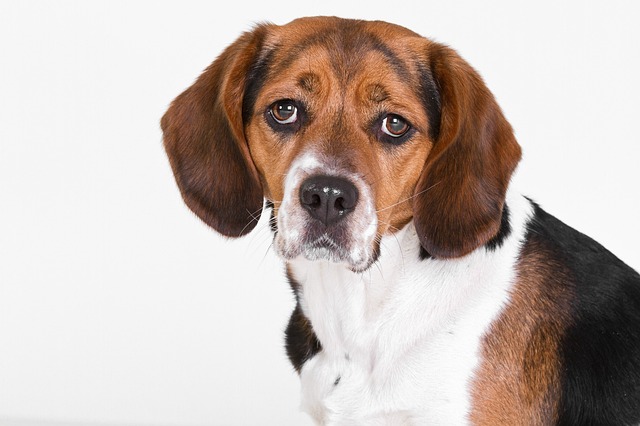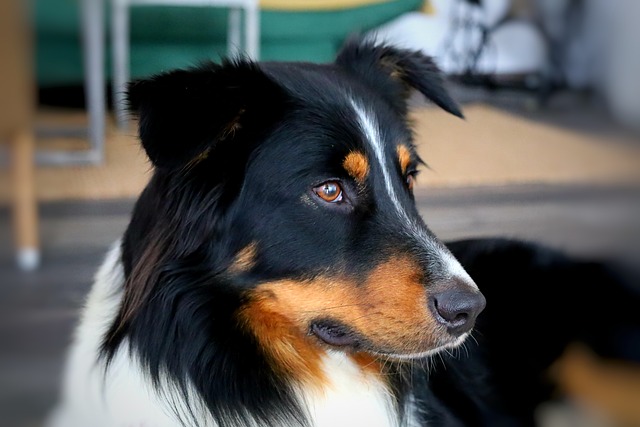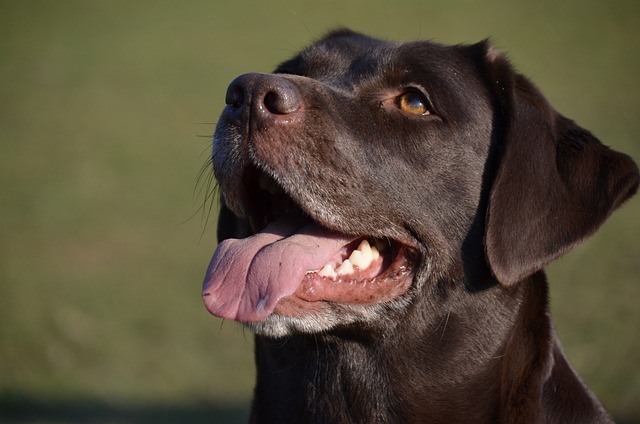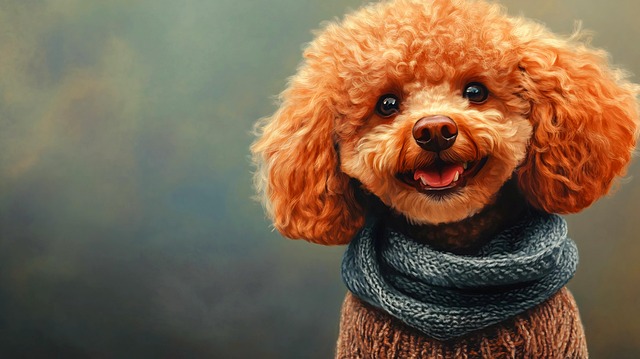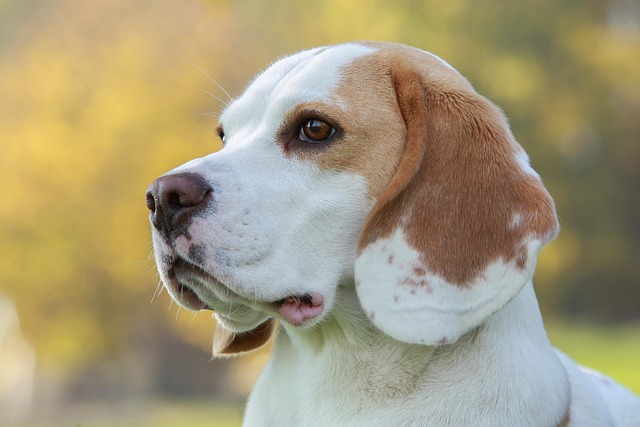Watching your beloved dog happily run towards you with toys in its mouth, that pure joy is one of the most wonderful experiences of raising a dog. The act of grasping may seem like an innate instinct in dogs, but to cultivate stable and reliable grasping behavior, owners need to invest patience, understanding, and scientific training methods. Behind this seemingly simple interaction lies the principles of canine behavior, positive reinforcement techniques, and the subtle balance of human dog relationships.
The training of grasping behavior should start with understanding the nature of dogs. Many dog breeds, especially hunting dogs and sports dogs, are born with a strong desire to carry, which is a genetic memory of their ancestors working for humans. Golden Retrievers instinctively search for and bring back prey, while Border Collies are accustomed to "managing" moving objects with their mouths. But not all dogs naturally exhibit this tendency, and some require additional guidance and encouragement. Pre training assessment is important - observe whether your dog is interested in moving objects and actively explores them with its mouth, which will determine the starting point and rhythm of the training.
Choosing the appropriate training tool is the first step to success. It is best to use specially designed carrying toys for initial training, which should be of moderate size, soft material, and easy to grip. Toys with knots or protrusions can help dogs bite better, while hollow toys can be stuffed with snacks to increase attraction. Avoid using tree branches, stones, or everyday household items, as the former may pose safety hazards and the latter may confuse dogs about what can be bitten. Special attention should be paid to the smell of toys. It is best to first interact with the owner for a period of time when buying new toys. Being exposed to familiar odors can greatly increase the dog's interest.
Establishing the correct association of titles starts with creating positive experiences. The first mistake many owners make is to simply throw the toy out and expect the dog to retrieve it, which often leads to confusion or loss of interest. A better way is to first make the toy "come to life" - gently drag it on the ground, imitate the movement of small animals, and stimulate the dog's chasing instinct. When the dog approaches, let the toy occasionally "escape" to maintain the dynamic nature of the game. The key is to let the dog develop a desire to "grab" on its own, rather than passively responding to the owner's commands. At this stage, there is no need to force the dog to bring the toy back, the focus is on establishing a positive connection between chasing and biting.
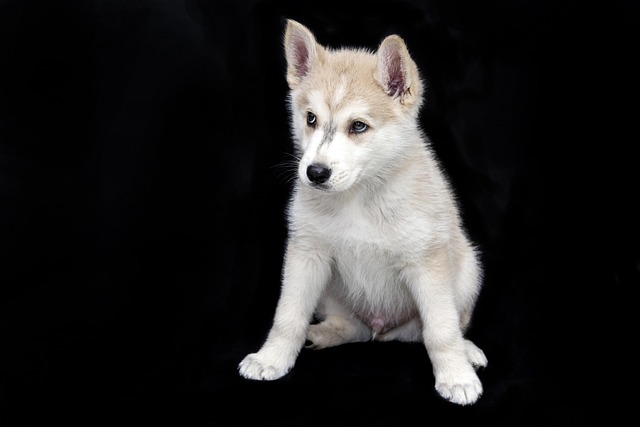
When a dog successfully bites a toy, your reaction is crucial. A common mistake made by beginners is to immediately try to retrieve the toy, which may lead the dog to understand that you are competing for resources and instead trigger possessive behavior. The correct approach is to remain still, praise with a cheerful tone, and even take out a toy to increase interactive fun. When the dog relaxes its mouth, immediately give a reward and restart the game. This positive reinforcement will make the dog understand that releasing the toy does not mean the end of the game, but the beginning of a new round of happiness.
The introduction of basic instructions needs to be gradual. Instructions such as' bring 'and' put down 'should be added after the dog has already enjoyed the game, rather than imposing demands from the beginning. In the early stages, you can say "bring it" when the dog naturally walks towards you with a toy in its mouth, and say "put it down" when it loosens its mouth. By seizing the opportunity, you can associate the dog's actions with commands. Remember not to shout commands repeatedly - if the dog doesn't respond, it means it hasn't established contact yet and should go back to the previous step to consolidate its foundation, rather than desensitizing it to commands through repetition.
Increasing distance and difficulty must follow the principle of "taking small steps forward". Starting from one meter, gradually increase the throwing distance. Every success should be rewarded adequately, and failure should result in a return to the previous achievable distance. The complexity of the environment should also be gradually increased - starting with quiet indoor training, then moving to slightly disturbed yards, and finally to tempting parks. Remember, in a fresh environment, a dog's behavior may temporarily regress, which is a completely normal adaptation process and should not be seen as regressing or intentionally disobedient.
Handling special situations requires additional skills. For dogs who are not interested in toys, they can try using toys that have a food smell or using specialized training bait bags. A dog that likes to bite but doesn't want to let go can be taught an "exchange" game - exchanging higher value items for toys in its mouth. Dogs that are overly excited need to learn the "pause" command and insert a calm period in the game. Each dog is a unique individual, and training methods should be flexibly adjusted according to their personality and reactions.
The mentality of the host is often overlooked in the training process, but it is crucial. Training should be conducted in a state where both parties are happy and relaxed, with a time limit of 5-10 minutes, and end with positive interaction. Negative emotions such as frustration and impatience will be immediately perceived by dogs, affecting their learning outcomes. Remember, training is not for dogs to perform, but to establish a way of communication. When your beloved dog first takes the initiative to hold a toy to your feet, the joy of tacit understanding is far more precious than perfect obedience.
The retrieval training for elderly dogs and puppies needs special adjustments. Puppies have short attention span and should be designed with multiple mini training sessions combined with social education. Older dogs may require softer toys and gentler movements, with a focus on maintaining mental activity rather than physical challenges. Dogs with physical limitations can try an improved version of the ground tracking game, which can also meet their psychological needs.
When the sun sets and you and your beloved dog play the familiar pick up game on the grass, the setbacks and repetitions in the training become worthwhile. The act of taking is not only a skill training, but also a way of dialogue - you throw trust, it brings back loyalty. In this process, patience and understanding are far more important than perfect execution, because in the end, what we gain is not just a dog that can pick up balls, but a cooperative and confident life partner. Every time it rushes towards you, it is a bridge of understanding built between two different species, simple yet profound.
